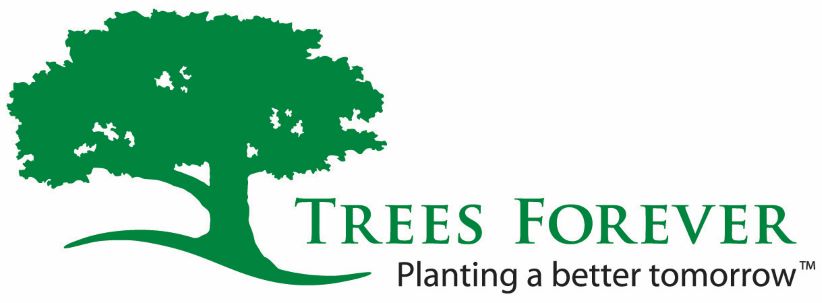By Dina Haveric, Green Iowa AmeriCorps Member
While it is extremely difficult to put a monetary value on all the ways nature enhances our lives, there are real, tangible benefits to living in a world with healthy ecosystems. The value of nature to humans has been discussed for decades, but more recently the idea of ecosystem services was introduced to describe these various benefits. An ecosystem service can be defined as any direct or indirect contribution that ecosystems provide for human wellbeing and quality of life. They provide natural solutions to purify water, pollinate crops, filter soil nutrients, mitigate extreme weather, and so much more.
In 2001, the Millennium Ecosystem Assessment (MA), a UN-sponsored effort to assess the consequences of ecosystem change for human well-being, identified four main categories of ecosystem services: provisioning, regulating, cultural, and supporting services. These ecosystem services can be local, regional, or global in scale. Climate regulation, for example, can be local or global in scale. Ecosystems regulate the global climate by removing carbon dioxide and releasing oxygen, but changes in land-use affect local micro-climates by influencing variables like pollution and precipitation.
From the provision of food to the filtration of water, forest ecosystems and trees provide a variety of ecosystems services that we benefit from. We will be examining more in depth the four different types of ecosystems services that forest ecosystems and trees provide below.
Provisioning Services:
Provisioning services are material goods/benefits produced or provided by the ecosystem. Examples of provisioning services provided by forest ecosystems include food like fruits and nuts; wood fiber to use for paper materials; wood fuel as a heating source; medicinal resources like Taxol; and timber to use for building materials.
Regulating Services:
Regulating services are benefits provided by ecosystem processes that regulate natural phenomena. Examples of regulating services provided by trees include supporting pollinators with nectar and pollen; purification of air and water; climate regulation; temperature moderation; and erosion and flood control.
Cultural Services:
Cultural services are non-material benefits provided by an ecosystem. Examples of cultural services provided by forest ecosystems include recreation and ecotourism ventures; environmental education opportunities; indirect health benefits; a sense of place; aesthetic value; and spiritual connections.
Supporting Services:
Supporting services are factors necessary for the production of all other ecosystem services. Supporting services provided by trees include photosynthesis; soil formation; nutrient and water cycling; and habitat and food for wildlife.

